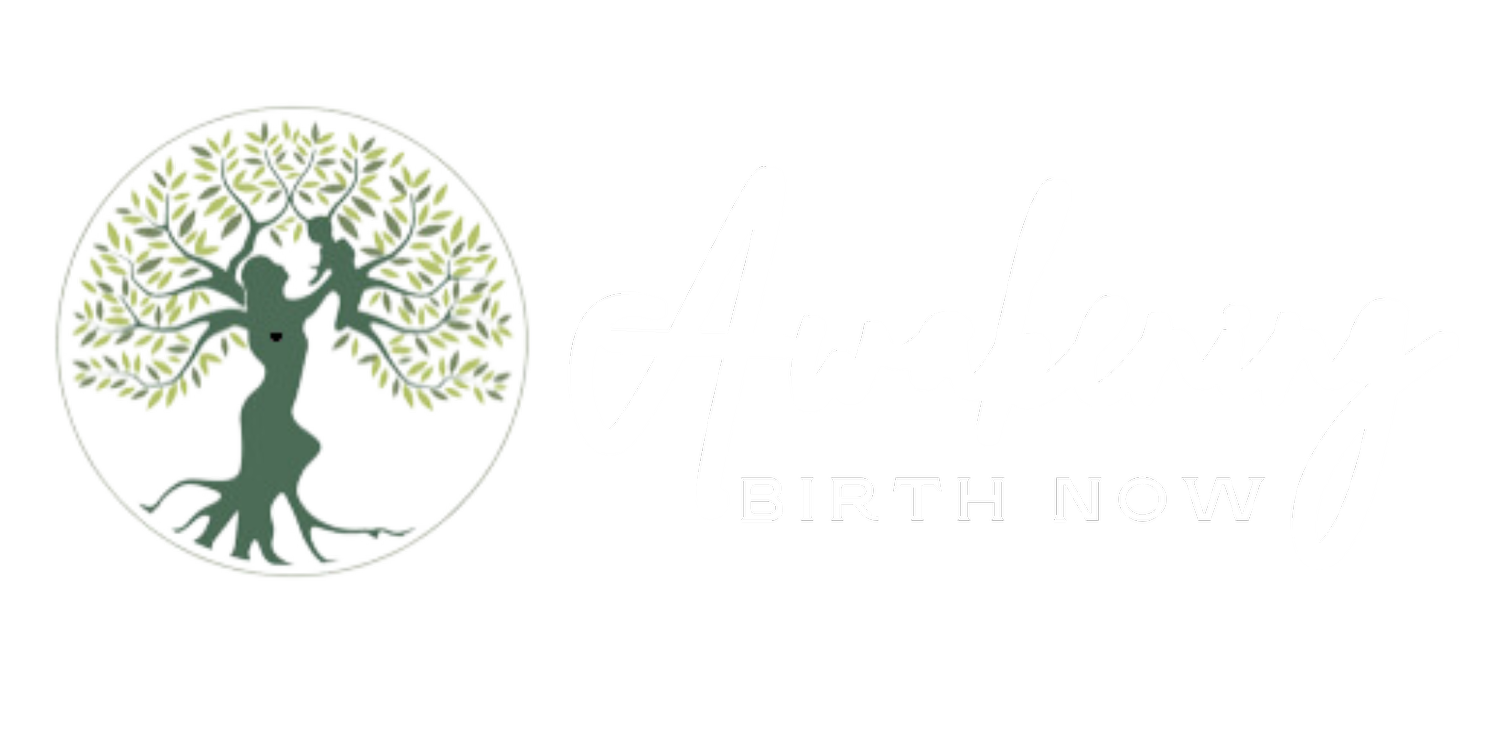Could Birth Be Normal? (Dr. Kerry, #2)
Eskimo lullabye cradle
After leaving the busy Southern California hospital I wrote about in my first post, I began life as a travel nurse. Moving from hospital to hospital was exciting, primarily covering for nurses on holidays or maternity leave. A big move took me to Sitka, Alaska, for a one-year contract. Sitka is one of the prettiest places on the planet. The Indian Health Service hired me as an obstetric nurse in a Native American hospital. Six registered nurses shared the round-the-clock duties. All were of similar temperament and best of friends.
Our pregnant patients from small outlying islands were brought to our hospital at 36 weeks gestation, four weeks before their due dates. They remained until delivery, much like a boarding house. We taught Lamaze and Bradley labor methods, baby care, and infant CPR. In the evenings, off-duty nurses could accompany the pregnant women to town for dinner or take in a high school basketball game. We bonded with the women.
I worked the night shift, and patients would wander to the nurse's station to let me know their contractions had started. After a quick assessment, I would tell them, "Terrific; go take a nice soothing bath and let's get ready to meet your baby." I admit I was far from this casual when I started working there. I was fresh from the Southern California hospital, where most labor and births had some intervention (see my previous blog). It frightened me that there were no forceps at the ready and no episiotomy trays at the end of the delivery bed. No vacuum extractor was in the hospital, and no anaesthesiologist was on call to administer an epidural. My first thought was, "What type of backward place have I gotten myself into"? I was naive at 26 years old. I didn't realize I was in for some of my life's best experiences and lessons. I flew on float planes to tiny islands to pick up our pregnant patients. I could be a doula and labor nurse.
The Native American women I accompanied during birth were expected to be uncomfortable during labor and would not ask for narcotics and epidurals. About 95% of our patients gave birth with "pain relief" from laboring in water, massage, soft music, dimmed lights, and reassurance from their trusted nurse/friend. I quickly discovered that women did not need all the medical intrusions to have a healthy baby. Babies could be born without all the high-tech equipment and routines I thought necessary. This novel experience was inspiring.
Our cesarean rate was just 7-8% because all were necessary medically. When we sent our families home, we were confident they were off to the best start possible. We boasted excellent maternal and infant health statistics. That year flashed by. I would have stayed longer if my curiosity and wanderlust weren't intense. This position with the Native American women and babies was my favorite RN job before or since.
Dr. Kerry Newlin
RN, Nurse-Practitioner, Doctorate Health Sciences
Kerry has had the great fortune attending women during birth in the United States, Nicaragua, Kenya, Ethiopia, Liberia, and East Timor. She currently lives in Australia with her amazing Aussie husband. This fantastic woman spends time tending her garden, remodeling her house, and teaching the next generation of healthcare providers. She assisted Vanita during some births in her In-Home Birth Center. She is the primary editor extraordinaire for Awakeningbirthnow.com.

